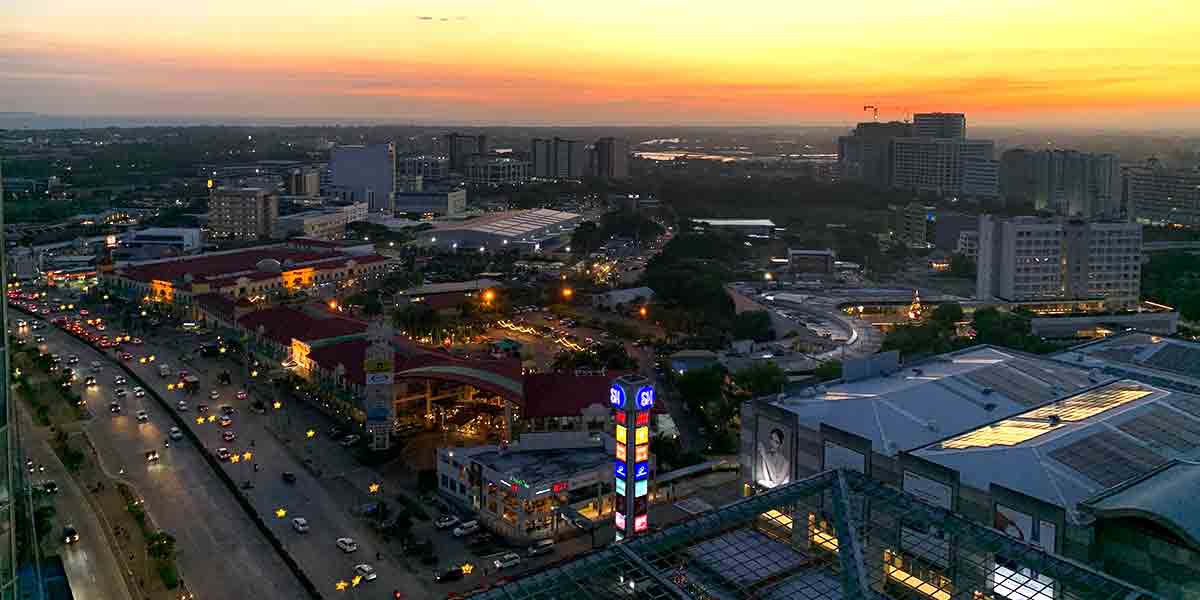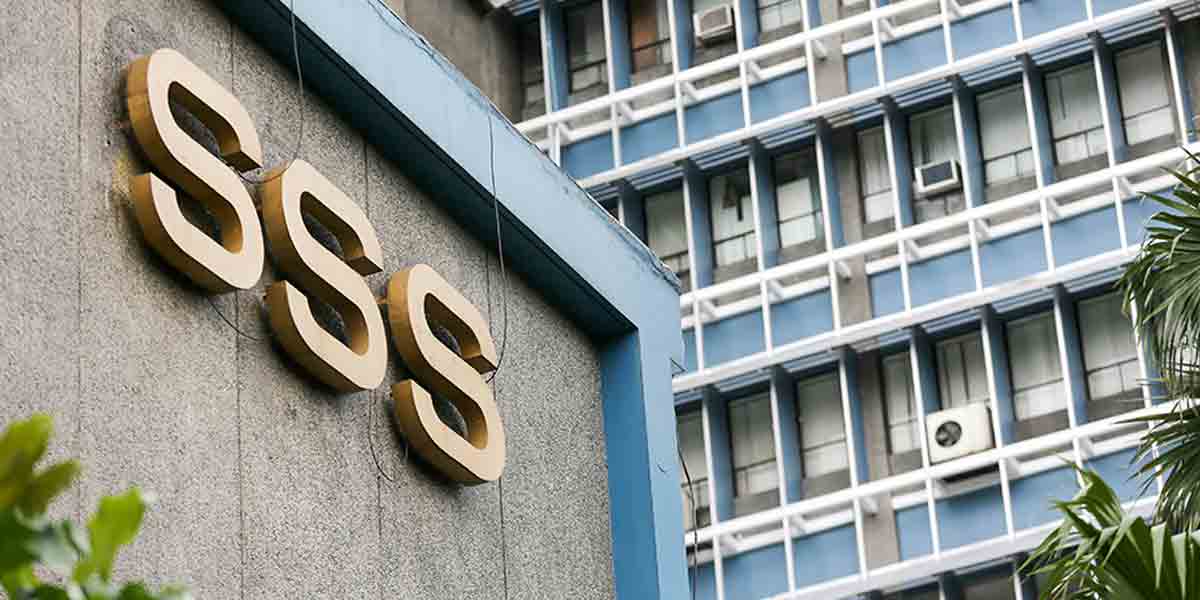By Klaus Döring
A really dramatic and challenging headline. Well, I have adopted this headline from many worldwide publications. I just couldn’t think of anything better or different that will the world look like if we miss our climate targets?
With the plans currently on the table, we are gearing up for an increase of 2.7 degrees Celsius. That would be much worse for the planet than adhering to the agreed-upon Paris goal of 1.5 C.
Sun rays glare from behind a thermometer showing over 40 degrees Celsius. The UN has warned we’re on track to hit 2.7 degrees Celsius of warming by the end of the century.
Time is running out. The scale of action we need to protect the climate is huge, it has to happen fast, and the plans on the table are falling short.
In 2015, almost all of the world’s nations agreed to limit the temperature increase to 2 degrees Celsius (3.6 F) above preindustrial levels, and to aim for a limit of 1.5 C under the Paris Agreement. So far, the actual commitments made to cut fossil fuel use and other measures to reduce emissions of greenhouse gases into the atmosphere — if carried through — will only get us down to 2.7 C of warming, the UN has warned.
At the end of this month, world leaders will meet in Glasgow for the 26th edition of the UN Climate Change Conference. And the pressure is on to come up with much more radical measures to meet the Paris target.
Record-breaking heat hit many countries this year, among them Canada, where the mercury spiked at nearly 50 C.
But what difference does a fraction of a degree make? Well, a lot, according to the vast body of scientific research being done globally to assess the impacts of climate change.
With climate-induced disasters already happening across the globe, the scale of the problem can seem unmanageable. Yet while science does paint a bleak picture, it also shows that limiting warming by what seems like a tiny amount can save many millions of lives, protect vast areas of land from degradation and give other species a chance of survival.
According to the Intergovernmental Panel on Climate Change’s (IPCC) latest report, released in August, the global temperature has already risen by 1.07 C since the industrial revolution. And we can already see that just 1 degree of warming has had a massive impact.
Yes, and once again I disappear into my air-conditioned office to continue writing this column. Not a great decision. Sure, I agree with you my dear readers,
Well, a little bit of warming means a lot of rain. The latest IPCC report says the kind of “extreme rainfall event” that, before the industrial revolution would occur once every 10 years, is now happening about 30% more often. At 1.5 degrees of warming, the risk goes up by 50% — and the severity of the event increases too, becoming 10.5% wetter. At 2 degrees, such an event becomes 70% more likely, and 14% wetter.
Longer, drier droughts – do we want this? While some regions of the planet will get wetter, others will get drier, with equally catastrophic results. In 2018, the IPCC said limiting global warming to 1.5 C compared to 2 C could mean half as many people exposed to water stress.
In its latest report, the IPCC says what would have been once-a-decade droughts before the Industrial Revolution are now 70% more likely. At 1.5 C they become twice as frequent, and at 2 degrees, they will happen 2.4 times as often.
According to the Carbon Brief, globally, the average length of a drought goes up by two months with 1.5 degrees of warming, by four months at 2 degrees, and a whopping 10 months at 3 degrees of warming.
In 2019, the World Food Programme said that 2.2 million people in Central America’s “dry corridor” had suffered crop losses due to drought and five consecutive years of erratic weather. In February this year, that figure went up to nearly 8 million, partly as a result of the economic impact of the pandemic, which compounded “years of extreme climate events,” but also as a result of Hurricanes Eta and Iota, which hit Central America in November 2020.
How much worse things get in the region will depend on the climate action we take. According to Carbon Brief, at 1.5 degrees of warming, the average length of droughts in Central America will extend by five months, at 2 degrees of warming by eight months, and at 3 degrees by 19 months.
And alongside drought come heatwaves and the perfect conditions for the kind of fires that have roared everywhere. from California to Southern Europe and Indonesia to Australia, over recent years. The IPCC says limiting warming to 1.5 C compared to 2 C could reduce the number of people frequently exposed to extreme heat waves by about 420 million.
If these figures are mind-boggling, the human cost of these apparently small increments in warming is almost impossible to comprehend. The lives destroyed, hunger, homelessness and poverty, mean unquantifiable suffering. And they will exacerbate or precipitate political tensions in ways we can’t predict, leading to conflicts we can still only guess at.
What we do know for sure, is that when it comes to climate change, appathly small numbers can make all the difference. I am writing this column on October 14, 2021. Just while watching the sky and feeling the impossible heat in my body and soul.
+++
Email: doringklaus@gmailcom or follow me on Facebook, Linkedin or Twitter or visit my blog www.germanexpatinthephilippines.blogspot.com or www.klausdoringsclassicalmusic.blogspot.com .




















